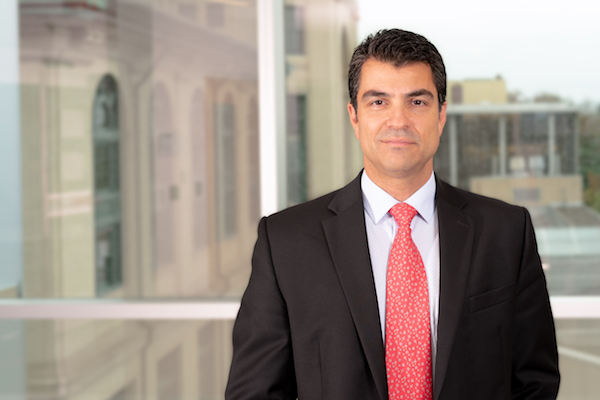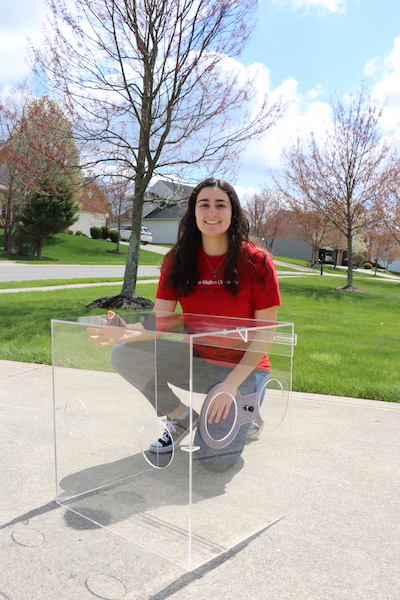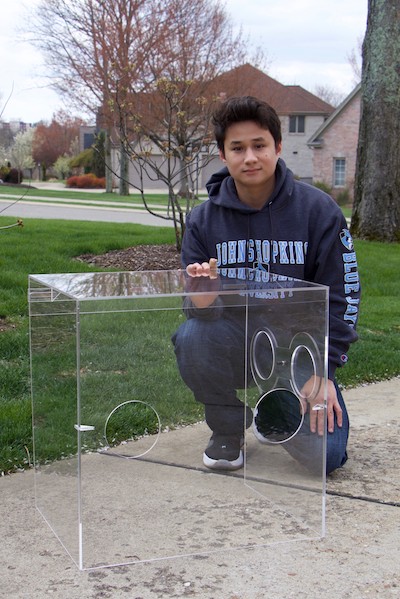A clear solution to protect healthcare workers
Lisa Kulick
May 26, 2020

Source: Heritage Valley Health System
Dr. Woodske’s team used the containment box with a manikin during initial trials.
With a shortage of personal protection equipment available during the COVID-19 pandemic, health care professionals have an increased risk of contracting the disease. They are particularly vulnerable during intubation procedures when patients can expel a broad spray of infectious fluid.
Local experts have a solution—a clear, acrylic containment box that significantly reduces the risk of spreading COVID-19 to medical workers.
Burak Ozdoganlar, the Ver Planck Professor of Mechanical Engineering at Carnegie Mellon University, was eager to help when approached by his friend and colleague Dr. Atac Turkay of the Heritage Valley Health System (HVHS).
Teaming up with Dr. Matthew Woodske, director of intensive care services, Heritage Valley Health System, the collaborators discussed the possibility of developing protective containment boxes.
While the original “Aerosol Box” was invented by anesthesiologist Lai Hsien-Yung in Taiwan earlier this year, HVHS was looking to adapt that design to meet its own specific procedural needs.
Ozdoganlar’s daughter and Turkay’s son were enthusiastic to help with the project. Both are engineering students—Dilara Ozdoganlar is a sophomore at Carnegie Mellon and Aydin Turkay is a freshman at Johns Hopkins University.
Also friends, the students developed designs based on the specifications, and identified commercially available components and manufacturing processes needed for scalable fabrication.

Source: Carnegie Mellon University
Professor Ozdoganlar specializes in multi-scale manufacturing including medical device fabrication.
A local company with the capability to manufacture the acrylic boxes made prototypes. The first set of intubation containment boxes was fabricated and delivered to Dr. Woodske at the Heritage Valley Hospital last month for use in the intensive care unit.
The design of the boxes was modified for usage in other upper airway and oral procedures.
“Devices such as these boxes help to protect health care workers against the spread of this deadly disease when used in conjunction with personal protective equipment to protect the entire staff,” said Dr. Woodske.
“Based on the need, the company will make larger numbers of these boxes, and we will also make them available to other hospital systems in the region,” said Ozdoganlar. “We are happy to help support our physicians, hospitals and community.”
The boxes can continue to be used beyond the COVID-19 pandemic as an additional line of defense to protect health care workers.
Media contacts:
Lisa Kulick, lkulick@andrew.cmu.edu
College of Engineering, Carnegie Mellon University
Suzanne Sakson, ssakson@hvhs.org
Heritage Valley Health System

